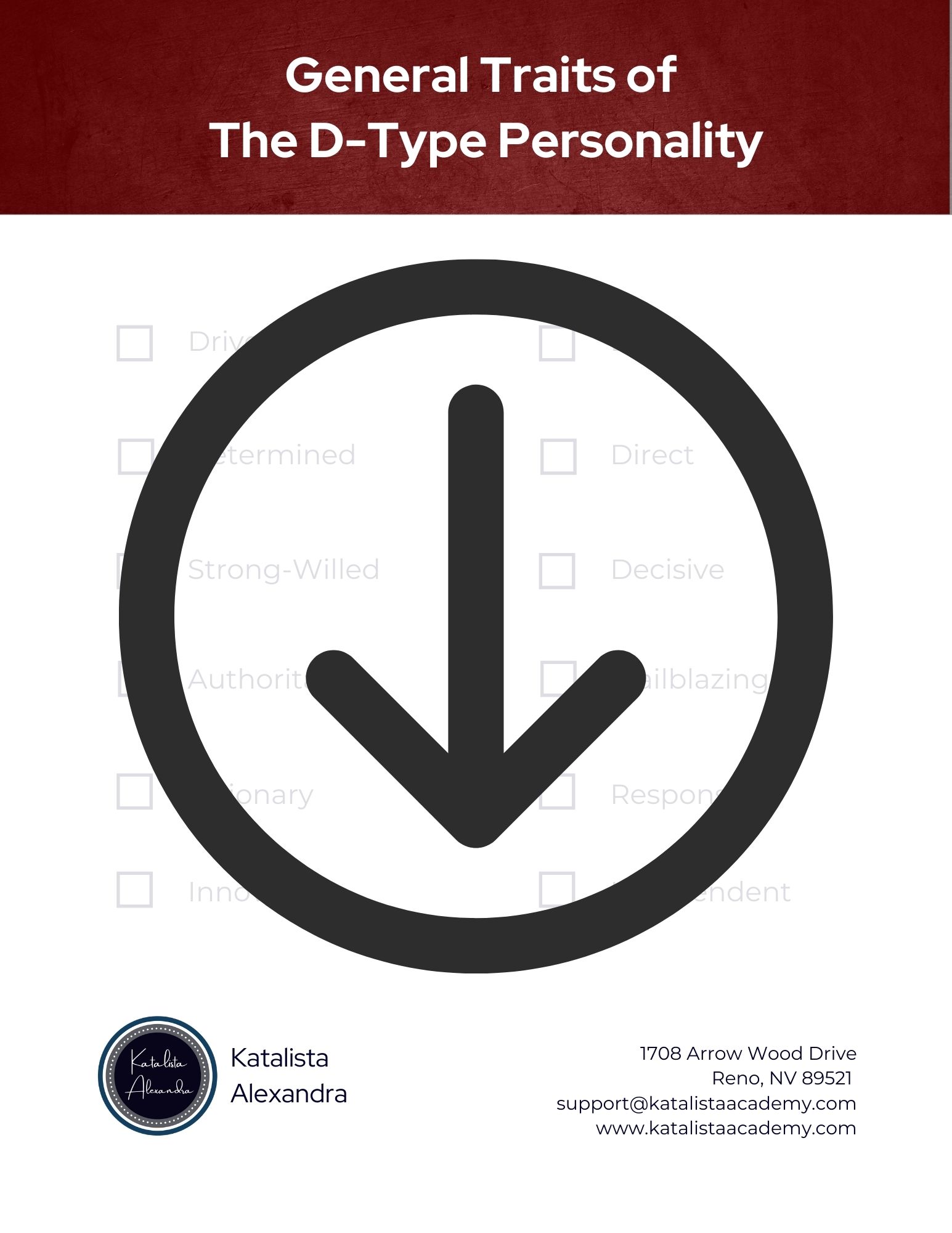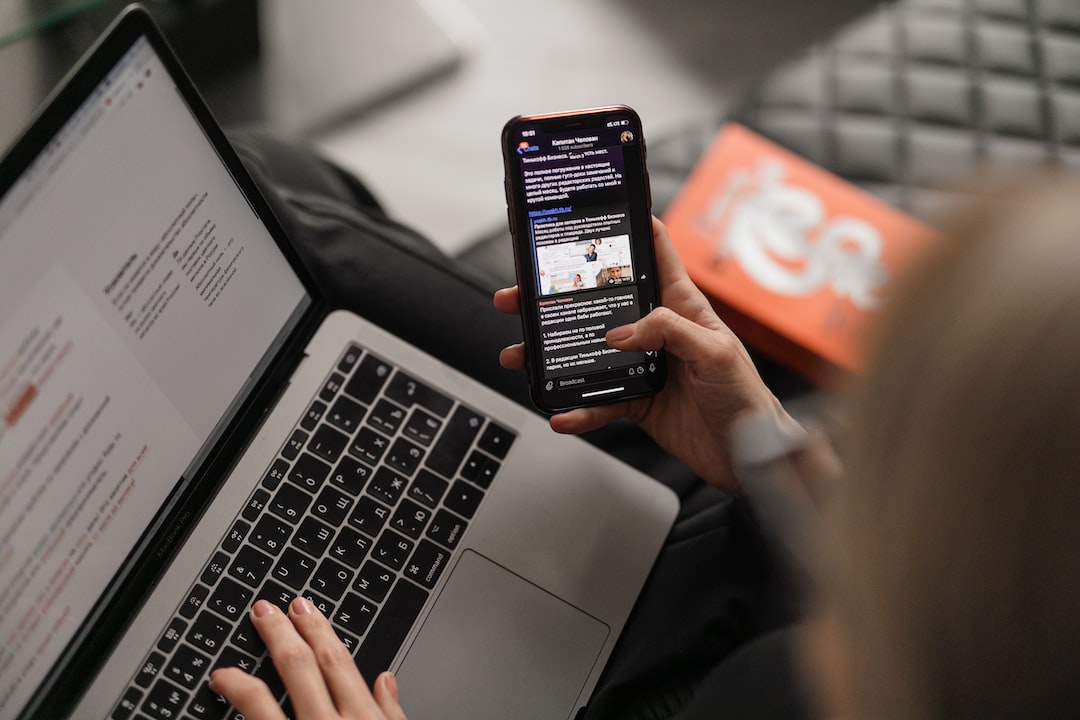The D Personality or “Driver” is the rarest and most determined of the four DISC communication styles.
They represent only around 3% of the population and, consequently, are the most misunderstood of all of the styles. “High D” clients oftentimes have difficulty communicating this effectively to others and struggle with personal relationships. Download this free “High D Trait Checklist” to help identify this communication style better.
Early on in my career…
I would run and hide from anybody whom I perceived as “too pushy” or “domineering” - whether that be prospects, clients, family members, coworkers, bosses - you name it. And to be honest, I still avoid some of these types - but not for the same reasons as before…(I’ll go into that in a later blog).
My personal experience was that it used to take me a tremendous amount of conscious effort on my part to connect with or find some common ground with a D-Type Personality. Early on in my career, I had no idea why.
Furthermore, I had no idea that a reason *even existed* for the difficulties I was having connecting with these personality types. I was so intimidated by these personalities because…
being a high “Type-I” myself, my comfort zone is to feel liked on a personal level, but D-Type personalities show and perceive affection based on action-based stimuli - not the “gushy-feel-good” moments - like “I” and “S” Types love and thrive on.
Having completely lacked an understanding of their assertive behavior, it took time to cultivate a tremendous admiration I now have for their assertive behavior and BRILLIANT ways of thinking once I better understood this communication style.
Driver Communicators are very driven and ambitious individuals who are goal-centric and proactive action takers.
These personality types naturally gravitate towards leadership roles and are comfortable at the helm. They are not uncomfortable with having to think quickly on their feet, work well under pressure, and can easily adapt to change - and oftentimes thrive on it!
Digging a little deeper…
Where “Drivers” can find themselves running into conflict is when they are not mindful of how their particular communication style can come across to each of the other personality styles (even another like-minded “High D”). They can be perceived as too aggressive or forceful.
Being mindful of the way they are being received (or not) by the other styles is important for a Driver in order to sharpen their “people-oriented” communication skills and enhance their personal and business relationships.
These personalities are oftentimes described to have dedication or “grit” and perseverance towards getting to their goals by having a “go-getter” attitude.
Check out this TedTalk about how “grit” is the strongest predictor for success.
Drivers are on the “Task-Oriented” left side of the DISC Quadrant - opposite to their “People-Oriented” Counterparts - The “High I’s” and “S’s”.
This means that they show and perceive affection based on things that somebody has done or accomplished.
(For example, a High “D” personality may like things from people like: being on time, keeping their rooms clean, achieving good grades or high marks, or exceeding their expectation in some way.
They are also on the “Product” side of the DISC Quadrant versus the “Process” side.
This means that they are more interested in hearing about the final product or outcome far more than they are interested in hearing about the details of the process to getting there.
They very much value their time so a “High D” personality will want to get to the bottom line of whatever product or result is being discussed or sought after.
People who have a D-Type Personality can make all the other personality types (including other Type-D’s) feel uncomfortable.
They get met with this response often and have difficulty understanding why they are so misunderstood by so many.
My personal lack of understanding of the way “Drivers” inherently operate hindered me from having much respect for their strengths. I very much look up to these personality types for leadership. When these D-Type personalities learn to leverage their strengths while simultaneously curbing their blind spots, they are truly unstoppable!
For my High D’s: Check out this video!
The Surprising Truth in How to Be a Great Leader
Julia Milner
Leadership Professor
Listen to my YouTube Driver Playlist here:
Here’s a link to the Playlist on Spotify. Go check it out!
Check out these helpful resources:
Want to learn which DISC Profile is “Best”?
What is a DISC Assessment Anyway?
How Accurate is a DISC Assessment?
Which DISC Profile is “Best”?
DISC vs Myers Briggs (MBTI) - What's the difference?
Why Incorporate DISC Into Your Business?
Learn more about the Determined High “D” Personality Here:
Learn more about the Influential High “I” Personality Here:
Learn more about the Supportive High “S” Personality Here:
Learn more about the Corrective High “C” Personality Here:
Follow me on Instagram here:
Why I love working with my High D clients
Download the
“High D” Trait Checklist
Check out the general characteristics of the D-Type Personality to see whether you might be a “Driver”

Q: How does the Maxwell DISC Method differ from Myers Briggs (MBTI)?
A: The Maxwell DISC Method focuses on communication and behavior styles, while MBTI assesses personality types based on preferences. Read more about their differences here.
Q: Is the Maxwell DISC Method suitable for personal development?
A: Yes, it can be used for personal growth by enhancing self-awareness and improving communication skills.
Q: Do I need professional training to use the Maxwell DISC Method effectively?
A: While training can be beneficial, there are user-friendly tools and resources available for individuals.
Q: How long does it take to complete a Maxwell DISC assessment?
A: Typically, it takes around 10-15 minutes to complete the assessment.
Stay in the Loop! Join Our Exclusive DISC Newsletter
Unlock Fresh Insights, Tips, and Updates Delivered Right to Your Inbox.

